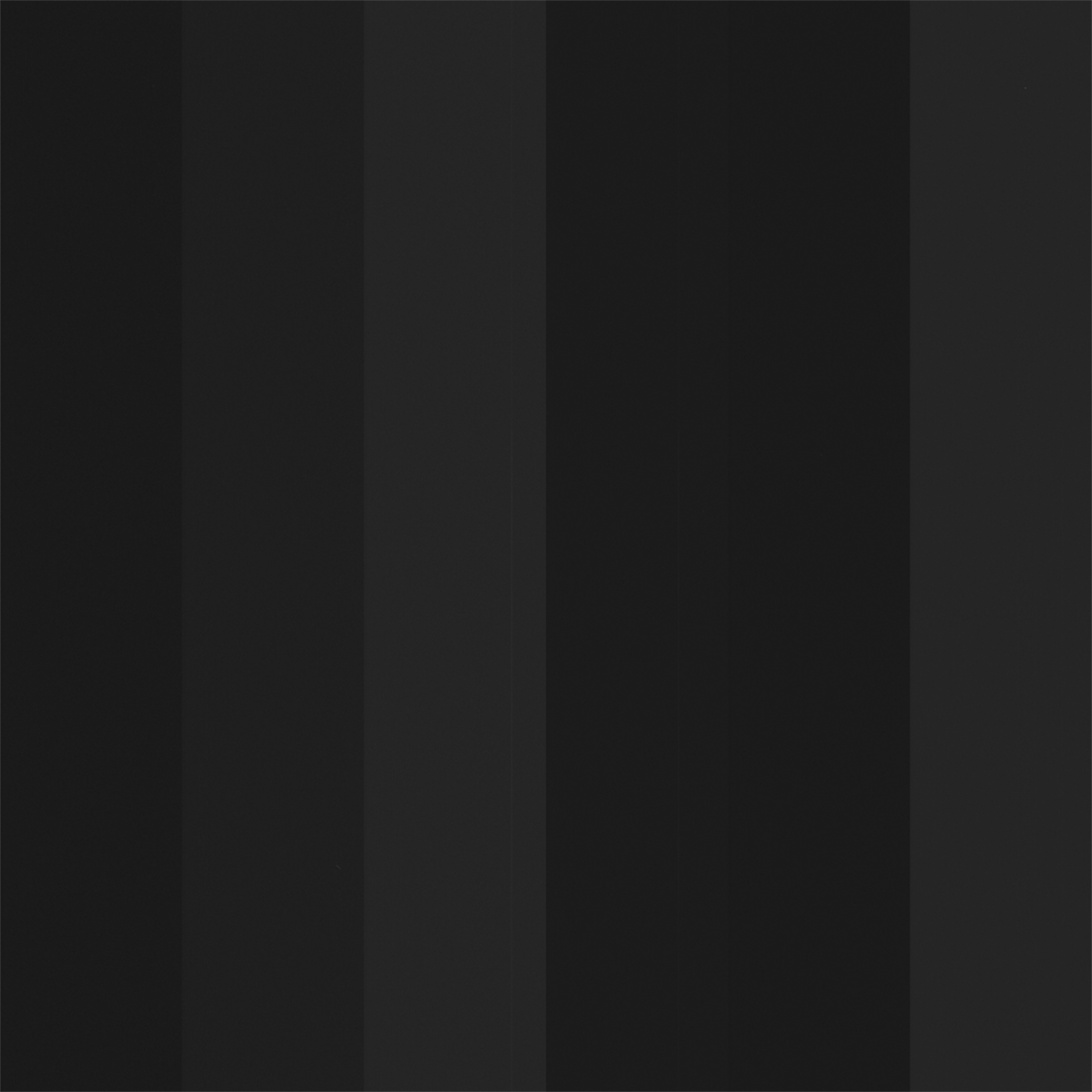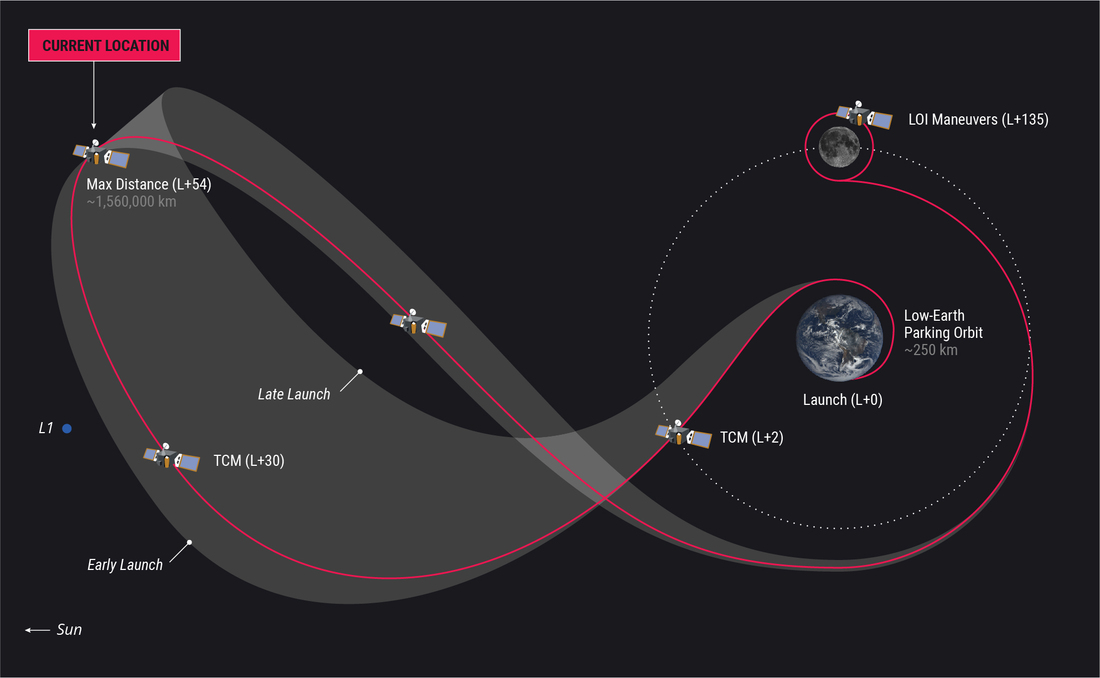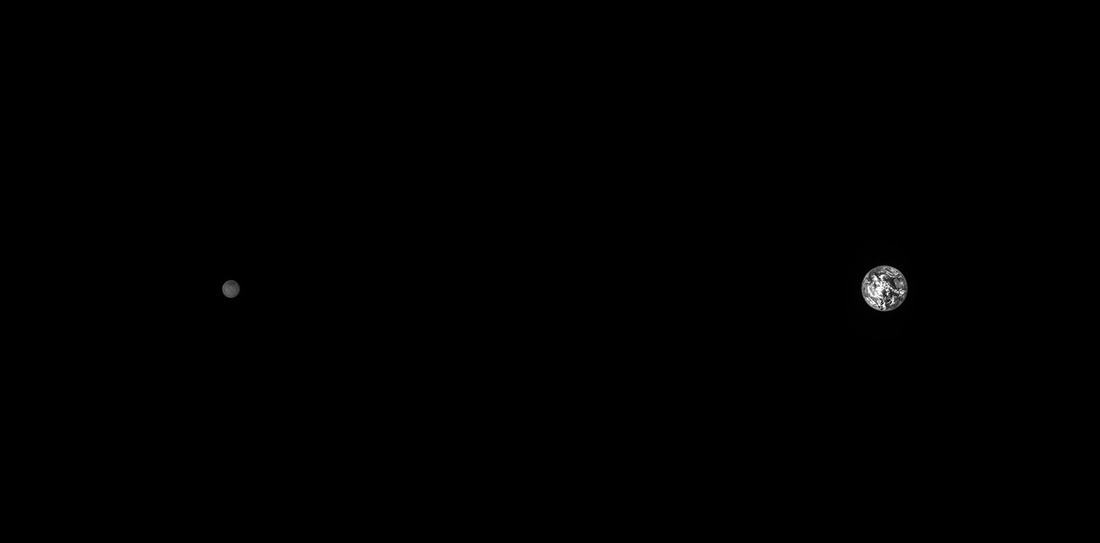
ShadowCam Cruises Through Dark

The Korean Pathfinder Lunar Orbiter (KPLO), or Danuri, reached its furthest point from Earth late last week at 1.56 million km away! Danuri has been traveling through space for nearly 60 days now, and the spacecraft's trajectory has been nominal. ShadowCam and Danuri will begin falling back toward the Earth-Moon system to intercept the Moon on 16 December. Once at the Moon, the spacecraft will perform a series of Lunar Orbit Insertion (LOI) maneuvers to get it into the desired 100 km circular orbit and all teams have been busy preparing for the upcoming commissioning phase, which should begin in early January 2023.
For more information on Danuri's journey or real-time updates, visit the Korea Aerospace Research Institute's (KARI) KPLO webpage.

The ShadowCam team has been busy performing a series of instrument operation rehearsals, performance checks, and calibration imaging. ShadowCam has acquired close to 100 dark images during the cruise so far. Dark images, which are useful for calibration, are taken while the ShadowCam instrument points into deep space. Even in the absence of light, all camera sensors record varying amounts of background signal and noise. This background relates to temperature changes around the camera – and temperature changes in space can get quite extreme. Dark images help characterize the background at different temperatures. When ShadowCam reaches the Moon, the team will use dark images taken during the cruise to calibrate instrument images of the lunar surface.
The ShadowCam calibration image below was acquired on 5 September 2022 and shows what a typical dark image from ShadowCam looks like.

The white lines spanning the image up-to-down (seen in the third channel from the left) are stars or distant bright bodies, and small lines or dots of light (seen in the bottom of the second channel from the left) are caused by cosmic rays, common in space imaging. Below is the same image where the channels and lines can be easily seen after the image is stretched or adjusted.

ShadowCam is a Time Delay Integration (TDI) camera that captures 32 lines of the same ground section as the spacecraft flies overhead. The 32 lines get summed together to increase sensitivity enabling high-resolution images in shadowed areas. Images are created by stacking lines, each of which being the summation of the 32 TDI lines. ShadowCam images are 3072 pixels wide (cross-track) by 84,992 lines (down-track); dark images used for calibration are typically only several hundred lines long.
The KPLO Team has also been busy with satellite and instrument operations, trajectory correction maneuvers, and communications. On 26 August, the Lunar Terrain Imager (LUTI) camera onboard KPLO had an opportunity during the cruise to capture an amazing image of the Earth and Moon from 1.24 million km away.

A few days later, on 29 August, ShadowCam acquired a similar, saturated image of the Earth and Moon. As seen below, the image is light-saturated due to the sensitivity of the ShadowCam sensor, which is over 200 times more sensitive than the LROC NAC. The ShadowCam team will use saturated images like this to characterize stray light from sources in or around the camera field-of-view.

The ShadowCam team looks forward to the commissioning phase, seeing into the Permanently Shadowed Regions (PSR), and sharing more about the mission during the cruise phase. Check back soon for more information about ShadowCam calibration, imaging, and operations!
Posted by Rick Hoppe on 4 October 2022